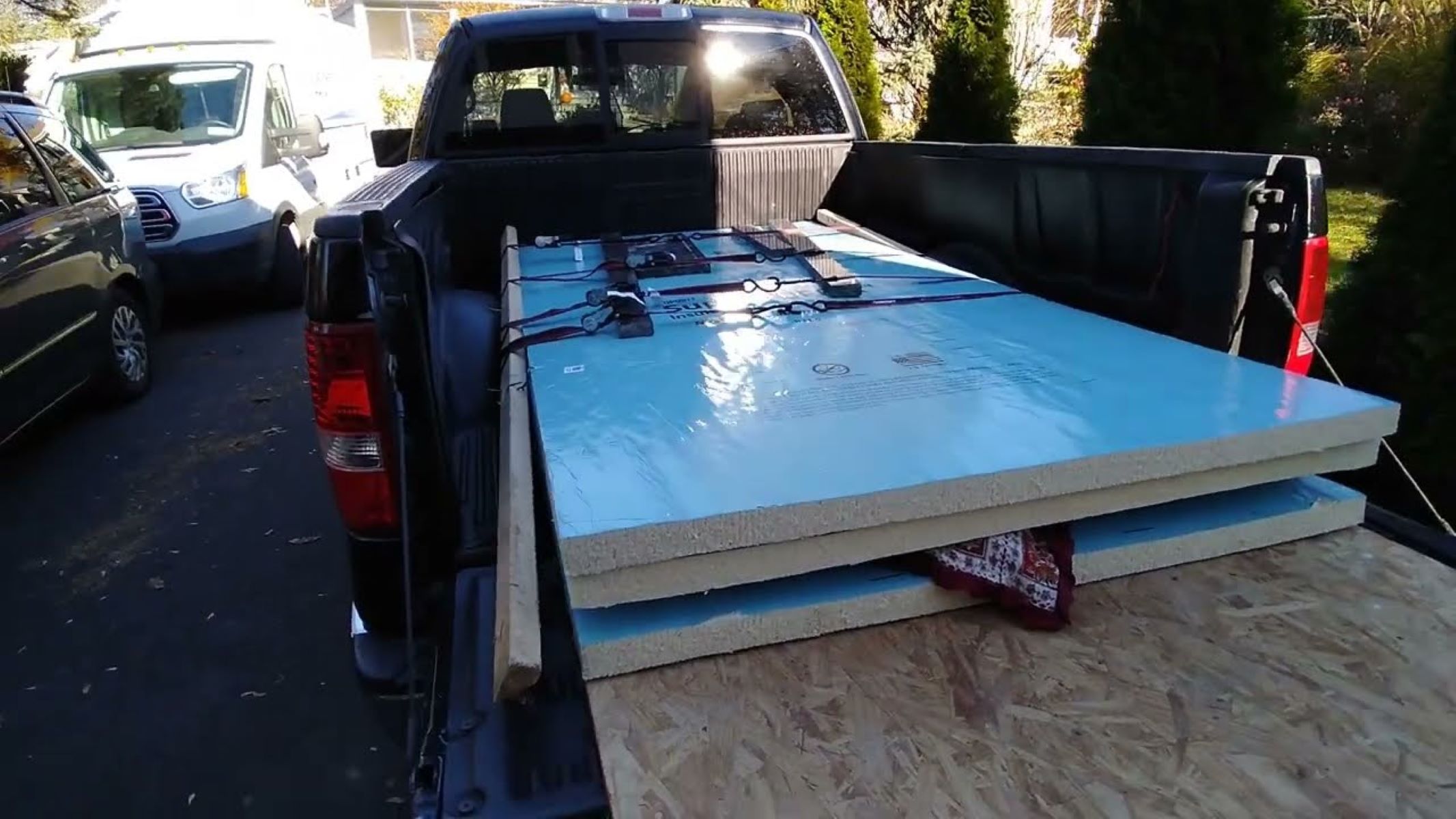

Articles
How To Transport Granite Countertops
Modified: December 7, 2023
Learn the best techniques for transporting granite countertops with these informative articles. Find expert tips and tricks to ensure your countertops arrive safely.
(Many of the links in this article redirect to a specific reviewed product. Your purchase of these products through affiliate links helps to generate commission for Storables.com, at no extra cost. Learn more)
Introduction
Transporting granite countertops can be a challenging task that requires careful planning and attention to detail. Whether you are moving to a new home or delivering countertops to a client, ensuring their safe and secure transportation is crucial. Granite countertops are not only heavy but also fragile, making it essential to follow the proper procedures to prevent any damage during the transport.
In this article, we will guide you through the step-by-step process of safely transporting granite countertops. We will cover everything from safety precautions and necessary tools to choosing the right vehicle and unloading the countertops with care. By following these guidelines, you can ensure that your granite countertops arrive at their destination in pristine condition.
Please note that transporting granite countertops can be a challenging and potentially dangerous task. If you are not comfortable or lack the necessary skills and equipment, it is highly recommended to seek professional assistance or consult with an expert in countertop transport.
Key Takeaways:
- Prioritize Safety and Preparation
When transporting granite countertops, prioritize safety by wearing protective gear, using proper lifting techniques, and securing the countertops with strong straps. Thorough preparation, including measuring, cleaning, and protecting the countertops, is essential for a successful and damage-free transport. - Choose the Right Vehicle and Drive Cautiously
Select a vehicle with adequate space, weight-bearing capacity, and proper tie-down points for secure transportation. Drive cautiously, avoid sudden movements, and monitor the countertops regularly to ensure their stability and protection throughout the journey.
Read more: What Are Granite Countertops
Safety Precautions
Prior to transporting granite countertops, it is essential to prioritize safety. Follow these precautions to minimize the risk of injury and damage:
- Wear protective gloves to protect your hands from cuts or injuries.
- Use a back brace to support your lower back and prevent strains or injuries.
- Never attempt to lift a granite countertop on your own. Always have at least two strong individuals to assist you.
- Avoid wearing jewelry or loose clothing that may become entangled during the lifting process.
- Clear the pathway of any obstacles or tripping hazards to ensure a smooth and safe transportation process.
By adhering to these safety precautions, you can significantly reduce the risk of accidents and injuries during the transportation of granite countertops.
Key Takeaways:
- Prioritize Safety and Preparation
When transporting granite countertops, prioritize safety by wearing protective gear, using proper lifting techniques, and securing the countertops with strong straps. Thorough preparation, including measuring, cleaning, and protecting the countertops, is essential for a successful and damage-free transport. - Choose the Right Vehicle and Drive Cautiously
Select a vehicle with adequate space, weight-bearing capacity, and proper tie-down points for secure transportation. Drive cautiously, avoid sudden movements, and monitor the countertops regularly to ensure their stability and protection throughout the journey.
Read more: What Are Granite Countertops
Safety Precautions
Transporting granite countertops requires careful attention to safety to prevent any accidents or damage. Follow these precautions to ensure a smooth and safe transportation process:
- Wear protective gear: Before handling granite countertops, make sure to wear appropriate protective gear such as sturdy work gloves and safety goggles. This will help protect your hands from potential cuts or injuries, and safeguard your eyes from any debris or dust.
- Use proper lifting techniques: Granite countertops are heavy and can cause strain or injury if not lifted correctly. Always bend your knees and use your leg muscles to lift, rather than putting all the stress on your back. Keep your back straight and use your arms as support. Lift with a partner to distribute the weight evenly.
- Secure the work area: Clear the pathway and the area where you will be loading and unloading the countertops. Remove any obstacles, such as furniture or debris, to ensure a smooth and safe transport. This will help prevent trips and falls during the process.
- Use proper lifting equipment: Utilize equipment like moving straps, forklifts, or dolly carts to assist with lifting and moving the granite countertops. These tools can help distribute the weight evenly and provide better control during transportation.
- Protect the countertops: Before transporting, ensure that the countertops are adequately protected. Use padded blankets or moving blankets to cover the surfaces and edges of the countertops. This will prevent scratches, chips, or cracks during transport.
- Strap and secure the countertops: Once the countertops are loaded onto the vehicle, secure them with strong and reliable straps. Make sure they are tightly fastened to prevent any movement or shifting during transportation.
- Use a suitable vehicle: Choose a vehicle that can accommodate the size and weight of the countertops. Ensure that the vehicle is equipped with appropriate tie-down points or anchor points to secure the countertops properly.
- Drive cautiously: When on the road, drive cautiously to minimize vibrations and sudden movements that can potentially damage the countertops. Avoid sharp turns, sudden braking, or driving over uneven or bumpy surfaces. If possible, take a route with smoother road conditions.
By following these safety precautions, you can ensure the well-being of yourself and others involved in the transportation process, as well as prevent any damage to the granite countertops.
Tools and Equipment Needed
Transporting granite countertops requires specific tools and equipment to ensure a safe and efficient process. Here are the essential items you will need:
- Lifting Straps: Invest in high-quality lifting straps specifically designed for heavy objects like granite countertops. These straps provide better grip and distribute the weight evenly, reducing the risk of strain or injury.
- Heavy-Duty Gloves: Choose sturdy work gloves that offer protection against cuts and abrasions. The gloves will provide a better grip on the countertops, making it easier and safer to handle.
- Furniture Dolly: A furniture dolly with a padded surface is ideal for moving heavy objects. It allows you to stack the countertops securely and transport them with ease.
- Moving Blankets: Purchase thick moving blankets or padded furniture blankets to wrap the countertops. These blankets provide cushioning and protection against scratches or chips during transport.
- Ratchet Straps: Ratchet straps are essential for securing the countertops to the vehicle. Choose strong and reliable straps that can withstand the weight and tension required to keep the countertops in place.
- Tie-Down Anchors: If your vehicle does not have built-in tie-down anchors, consider purchasing and installing them. These anchors will provide secure attachment points for the ratchet straps.
- Measuring Tape: Use a measuring tape to accurately measure the dimensions of the countertops and the space in your vehicle. This will help ensure a proper fit and prevent any damage during transport.
- Moving Pads: Moving pads or various padding materials, such as foam or bubble wrap, can be used to provide additional protection for the countertops. Wrap the edges and corners to guard against any impact or potential damage.
- Personal Protective Equipment (PPE): As mentioned earlier, wear appropriate personal protective equipment, including safety goggles and work boots, to protect yourself during the transportation process.
Having the right tools and equipment is crucial to make the transportation of granite countertops safer and more efficient. These items will not only protect the countertops but also ensure the well-being of everyone involved in the moving process.
Preparation Steps
Proper preparation is key to successfully transporting granite countertops. Follow these steps to ensure that the countertops are ready for safe and secure transport:
- Measure and assess: Measure the dimensions and weight of the countertops to determine the appropriate transportation method. Consider the size of the vehicle you will be using and ensure it can accommodate the countertops with ease.
- Clean and dry: Thoroughly clean the countertops, removing any dust, dirt, or debris. Ensure that they are completely dry before moving them to prevent mold or water damage while in transit.
- Disconnect utilities: If the countertops are installed in a kitchen, disconnect any utilities such as gas, water, or electricity before attempting to remove them. This will prevent any accidents or damage during the transportation process.
- Remove drawers and backsplash: If the countertops have drawers or a backsplash attached, remove them carefully. These additional components can add weight and increase the chances of damage during transport.
- Protect the surfaces: Place padded moving blankets or furniture blankets on the countertop surfaces. This will provide a cushioning effect and protect them from scratches, chips, or other potential damage during transport.
- Secure loose items: Remove any loose items from the countertops, such as kitchen utensils, appliances, or decorative pieces. Place them in a separate box or container and secure it properly to prevent any damage or loss en route.
- Wrap the corners: Use additional padding materials, such as foam or bubble wrap, to protect the corners of the countertops. These areas are more susceptible to damage during transport and need extra attention.
- Label fragile: Place labels or stickers on the protective coverings to indicate that the items are fragile. This will remind anyone handling the countertops to exercise caution and handle them with care.
- Double-check stability: Before loading the countertops onto the vehicle, ensure that they are stable and secure. Perform a gentle shake or wiggle test to make sure nothing is loose or shifting.
Following these preparation steps will help reduce the risk of damage during the transportation of granite countertops. Take the time to properly prepare and protect the countertops to ensure their safe arrival at the destination.
Read more: How To Install Granite Countertops
Loading the Granite Countertop
Properly loading the granite countertop onto the vehicle is essential to ensure its stability and prevent any damage during transportation. Follow these steps to load the countertop safely:
- Clear the pathway: Ensure that the pathway from the countertop to the vehicle is clear of any obstacles or tripping hazards. Remove any items that may obstruct the path to make the loading process easier and safer.
- Secure a ramp: If required, set up a ramp to bridge the height difference between the ground and the vehicle. Make sure the ramp is sturdy and can support the weight of the countertop.
- Position the vehicle: Park the vehicle in a convenient location, ensuring that it is stable and on a level surface. This will make it easier to load the countertop onto the vehicle securely.
- Line the vehicle interior: Place moving pads or blankets on the floor and walls of the vehicle’s interior. This will provide cushioning and protection against any potential impact during loading and transport.
- Position the countertop: Carefully lift the countertop from its current location and position it near the vehicle. Be mindful of its weight and size to prevent any accidents or strain.
- Slide or lower the countertop: If feasible, carefully slide the countertop onto the vehicle, ensuring that it stays stable and level. If it is too heavy or cannot be slid, lower it slowly and with control onto the lined interior of the vehicle.
- Assess the positioning: Once the countertop is inside the vehicle, check its positioning. Ensure that it is centered and aligned properly, as any imbalance may lead to movement and potential damage during transport.
- Secure the countertop: Using ratchet straps, secure the countertop to the vehicle. Attach the straps to anchor points in the vehicle and tighten them to hold the countertop firmly in place. Regularly check the straps during transport to ensure they haven’t loosened.
- Double-check stability: Before closing the vehicle, perform a final check to ensure that the countertop is stable and secure. Give it a gentle shake or wiggle test to ensure it doesn’t shift or move.
By following these steps, you can safely and securely load the granite countertop onto the vehicle, reducing the risk of damage during transportation. Remember to exercise caution, use proper lifting techniques, and seek assistance if necessary.
When transporting granite countertops, make sure to use proper lifting techniques to avoid injury. Use a dolly or cart to move the countertops and secure them with straps to prevent shifting during transport.
Securing and Protecting the Countertop
Securing and protecting the granite countertop is crucial to prevent any damage during transportation. Follow these steps to ensure its stability and safeguard against potential harm:
- Use padding: Place foam padding or moving blankets on the bottom and sides of the vehicle’s interior. This will provide an extra layer of cushioning and protect the countertop from any bumps or vibrations during transport.
- Cover the countertop: Use thick moving blankets or padded covers to completely wrap and protect the countertop. Ensure that the entire surface, edges, and corners are well-covered, providing a protective layer against scratches, chips, or cracks.
- Secure with straps: Use durable ratchet straps to secure the countertop to the vehicle. Attach the straps to sturdy anchor points inside the vehicle and tighten them to hold the countertop securely in place. Regularly check the straps during transport to ensure they remain tight and secure.
- Use edge protectors: Place edge protectors on the exposed edges of the countertop. These protectors provide extra reinforcement and prevent the edges from rubbing against other objects or surfaces, reducing the risk of damage.
- Minimize movement: To further secure the countertop, use additional padding or fillers to minimize any movement within the vehicle during transport. This will help prevent any shifting or sliding of the countertop, reducing the risk of damage.
- Avoid direct contact: Ensure that the countertop does not come into direct contact with other items, especially heavy or sharp objects. These can cause dents, scratches, or cracks on the surface of the countertop.
- Monitor environmental conditions: Pay attention to the temperature and humidity levels during transportation. Extreme fluctuations or excessive moisture can potentially damage the countertop. If possible, maintain a controlled environment or use desiccant packs to absorb any excess moisture.
- Protect fragile edges: For countertops with delicate or fragile edges, provide extra protection by using foam corner protectors. These will help absorb impact and prevent any chipping or cracking of the edges.
- Periodically inspect: During stops or breaks, inspect the countertop to ensure it remains secure and undamaged. Address any issues immediately, such as loose straps or shifting, to prevent further damage or instability.
By following these steps, you can secure and protect the granite countertop during transportation, reducing the risk of any damage. Remember to check the countertop periodically and adjust as necessary to maintain its safety throughout the journey.
Choosing the Right Vehicle
Choosing the right vehicle for transporting granite countertops is crucial to ensure a safe and successful journey. Consider the following factors when selecting the appropriate vehicle:
- Size and capacity: Choose a vehicle with enough space to accommodate the size and weight of the countertops. Measure the dimensions of the countertops and compare them with the cargo space available in the vehicle. Ensure that there is ample room for secure placement and ease of loading and unloading.
- Weight-bearing capacity: Check the weight-bearing capacity of the vehicle to ensure it can handle the load. Granite countertops are heavy, and it is essential that the vehicle’s suspension and structure can safely support the weight without compromising stability or safety.
- Sturdy and level surface: The interior of the vehicle should have a sturdy and level surface to provide a stable foundation for the countertops. This will minimize movement and reduce the risk of damage during transportation.
- Proper tie-down points: Ensure that the vehicle is equipped with appropriate tie-down points or anchor points. These points allow you to securely fasten the countertops using ratchet straps or other suitable restraints. The tie-down points should be strong and strategically located to provide optimal security.
- Ramp or loading facilities: If the vehicle has a high cargo bed or if you are using a truck, consider the availability of a ramp or loading facilities to ease the process of loading and unloading the countertops. This will help prevent strain or damage during the transition from ground to vehicle and vice versa.
- Climate control: Depending on the climate and the sensitivity of the granite countertops, consider whether the vehicle has climate control capabilities. Extreme temperatures or high humidity can potentially affect the countertops, so maintaining a controlled environment can help protect them during transportation.
- Reliability and maintenance: Select a reliable vehicle that is well-maintained and in good working condition. Regularly check the vehicle’s tires, brakes, lights, and other components to ensure they are functioning properly. This will enhance the safety of the transportation process.
- Insurance coverage: Verify whether your vehicle insurance policy covers the transportation of valuable items like granite countertops. If necessary, consider adding additional coverage or obtaining specialized insurance for added protection.
By considering these factors, you can choose the right vehicle for transporting granite countertops. It is crucial to prioritize safety, stability, and proper equipment to ensure a smooth and successful transport process.
Transporting the Granite Countertop
Transporting a granite countertop requires careful attention to detail and adherence to safety measures to ensure its safe arrival at its destination. Follow these steps to effectively transport granite countertops:
- Plan the route: Before embarking on the journey, plan the route to avoid road conditions that could potentially damage the countertop. Choose routes with smoother roads and minimal potholes or bumps.
- Drive cautiously: When driving, exercise caution and avoid sudden acceleration, braking, or sharp turns. Drive at a steady pace to minimize vibrations and movement that could cause the countertop to shift.
- Monitor the countertop: Keep an eye on the countertop throughout the journey through rear-view mirrors or other means. If you notice any movement, stop at a safe location and inspect the countertop. Adjust the straps if necessary to keep it secure.
- Minimize environmental exposure: If the weather is inclement, take measures to protect the countertop from rain, snow, or excessive sunlight. Cover the countertop with a waterproof tarp or ensure it stays within a climate-controlled environment.
- Take breaks: If the journey is long, plan for regular breaks to ensure the countertop remains secure and undamaged. Use this time to inspect the straps, adjust as needed, and check for any signs of wear or damage.
- Assist with navigation: If possible, have a designated passenger assist with navigation and communication. This person can monitor the countertop’s stability and alert the driver to any potential issues.
- Secure the vehicle at rest stops: When stopping at rest stops or overnight, make sure the vehicle is parked in a secure and well-lit area. If required, reinforce the countertop’s security measures to prevent theft or damage.
- Maintain communication: Stay in contact with the destination location or the recipient of the countertops to ensure they are prepared for the arrival. Coordinate logistics and timing to minimize waiting periods and ensure a smooth unloading process.
- Anticipate slowdowns: Be prepared for potential delays or traffic congestion, especially in urban areas or during peak travel periods. Allow extra time for such situations to avoid rushing, which could lead to accidents or countertop damage.
- Unload with care: Once you arrive at the destination, follow a reverse process to unload the countertop. Ensure proper lifting techniques, use padding or blankets to protect the edges, and carefully position the countertop in its designated space.
By following these steps, you can transport granite countertops safely and protect them from any potential damage. Remember to prioritize safety, maintain communication, and handle the countertops with care throughout the transportation process.
Read more: How To Repurpose Granite Countertops
Unloading and Handling the Countertop
Unloading and handling the granite countertop requires precision and caution to ensure its safe arrival and placement. Follow these steps to effectively unload and handle the countertop:
- Assess the unloading area: Before unloading the countertop, evaluate the area where it will be placed. Ensure it is clean, level, and free of any debris or obstacles that may impede the process.
- Gather necessary equipment: Have lifting straps, gloves, and other necessary tools readily available to assist in unloading and handling the countertop. These tools will help minimize strain and provide better control during the process.
- Secure a clear pathway: Clear the path from the vehicle to the unloading area to create a smooth and obstacle-free route. Remove any items that could obstruct the movement of the countertop.
- Use proper lifting techniques: When lifting the countertop, use proper lifting techniques and seek assistance from others if required. Keep your back straight, bend at the knees, and lift with your legs to avoid strain or injury.
- Communicate and plan: Coordinate with others who are assisting in the unloading process. Clearly communicate the plan, including where the countertop will be placed and any specific handling instructions.
- Lower the countertop gently: Carefully lower the countertop from the vehicle, ensuring a controlled and gentle descent. Avoid any sudden jerks or drops that could result in damage or injury.
- Protect the edges and corners: Use padding or blankets to protect the edges and corners of the countertop during the unloading process. This will help prevent scratches or chips that could occur from accidental contact with surfaces or objects.
- Inspect for damage: Once the countertop is safely unloaded, perform a thorough inspection to ensure it has not sustained any damage during transport. Check for any cracks, chips, or other signs of impact or mishandling.
- Securely position the countertop: Place the countertop in its designated area, ensuring a secure and stable position. Make any necessary adjustments to ensure proper alignment and fit.
- Connect utilities (if applicable): If the countertops were disconnected from utilities during transport, carefully reconnect them following manufacturer guidelines or consult a professional if necessary.
By following these steps, you can safely unload and handle the granite countertop, minimizing the risk of damage during the process. Take your time, communicate effectively, and prioritize proper lifting techniques to ensure a successful placement of the countertop.
Conclusion
Transporting granite countertops requires careful planning, attention to detail, and adherence to safety measures. By following the steps outlined in this article, you can ensure that your granite countertops are safely transported to their destination without any damage. Remember to prioritize safety by wearing appropriate protective gear, using proper lifting techniques, and securing the countertops to the vehicle using strong straps.
Before loading the countertops, make sure to clear the pathway, position the vehicle properly, and line the vehicle’s interior with padding to protect against any bumps or vibrations. During the transportation process, drive cautiously, monitor the countertops regularly, and make necessary adjustments to keep them secure and stable.
When unloading the countertops, assess the unloading area, gather the necessary equipment, and communicate effectively with your team. Lower the countertops gently, protect the edges and corners, and inspect them for any damage. Finally, securely position the countertops in their designated area, making any necessary adjustments for proper alignment and fit.
Remember, the safety of the countertops and your own well-being should always be the top priority. If you are unsure or uncomfortable with transporting granite countertops yourself, it is recommended to seek professional assistance to ensure a smooth and damage-free experience.
By taking the necessary precautions and following the proper procedures, you can transport granite countertops safely and protect them from any potential harm. Whether you are moving to a new home, delivering countertops to a client, or simply relocating them within a workspace, these guidelines will help you achieve a successful and stress-free transportation process.
Frequently Asked Questions about How To Transport Granite Countertops
Was this page helpful?
At Storables.com, we guarantee accurate and reliable information. Our content, validated by Expert Board Contributors, is crafted following stringent Editorial Policies. We're committed to providing you with well-researched, expert-backed insights for all your informational needs.

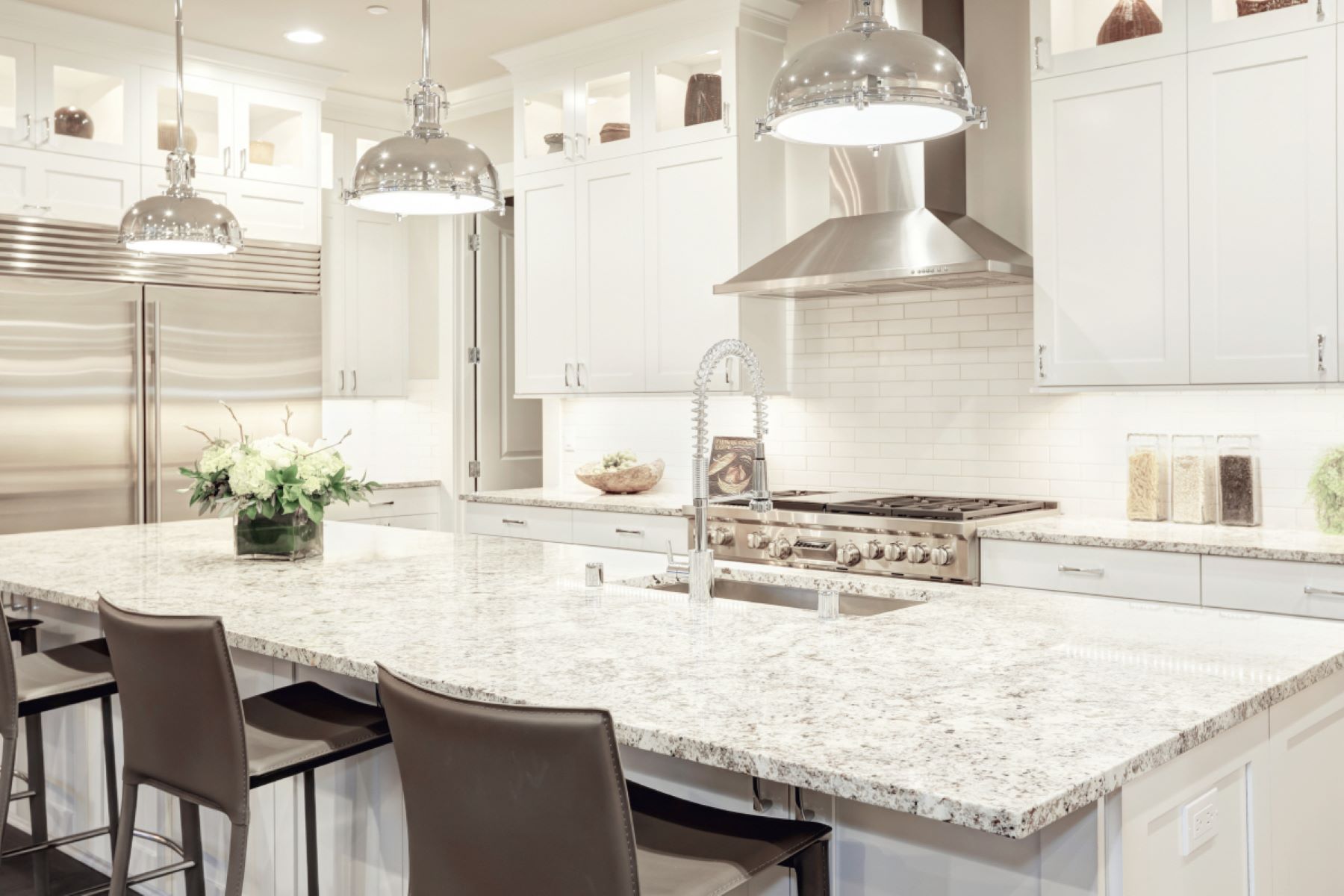
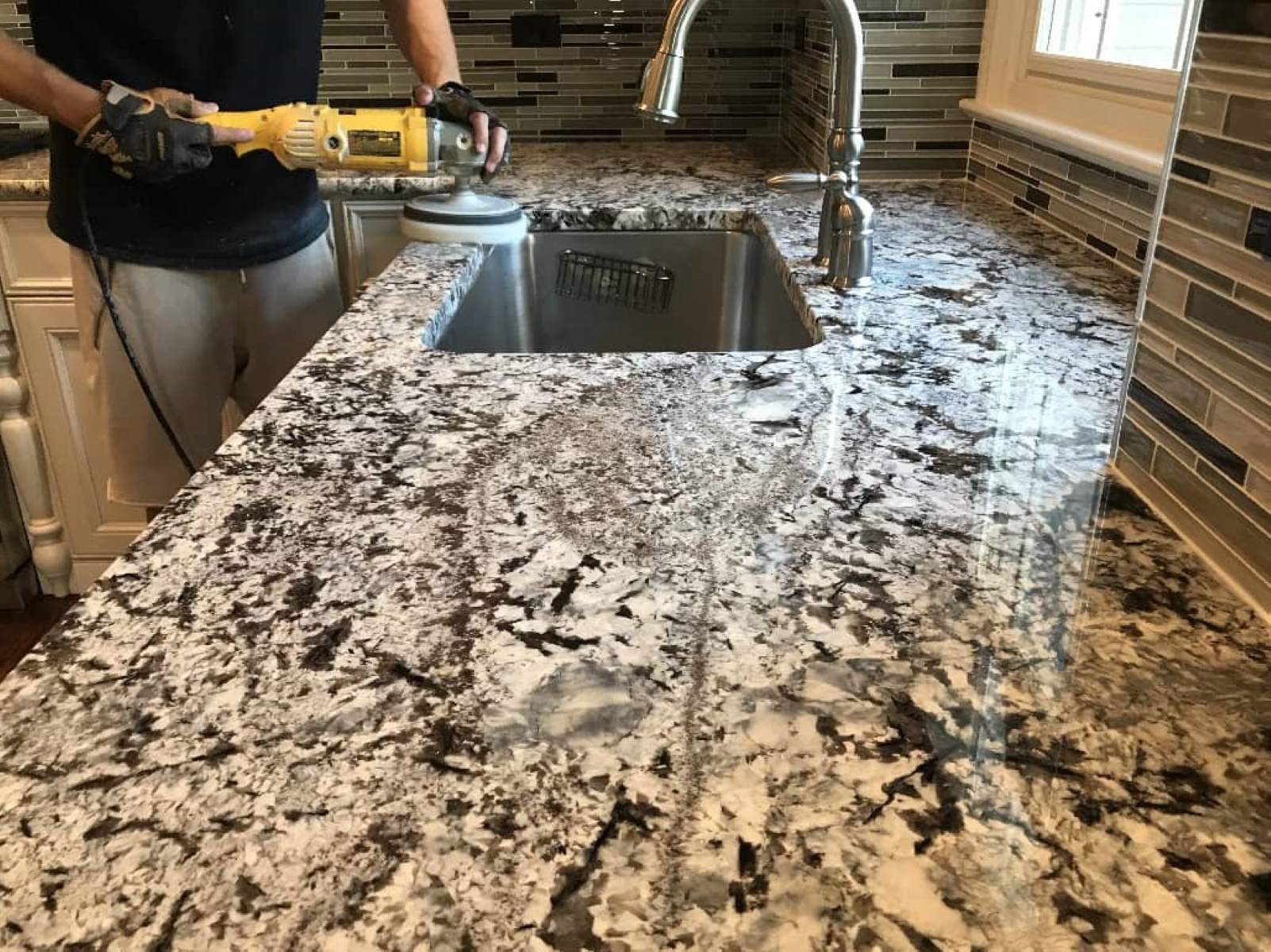


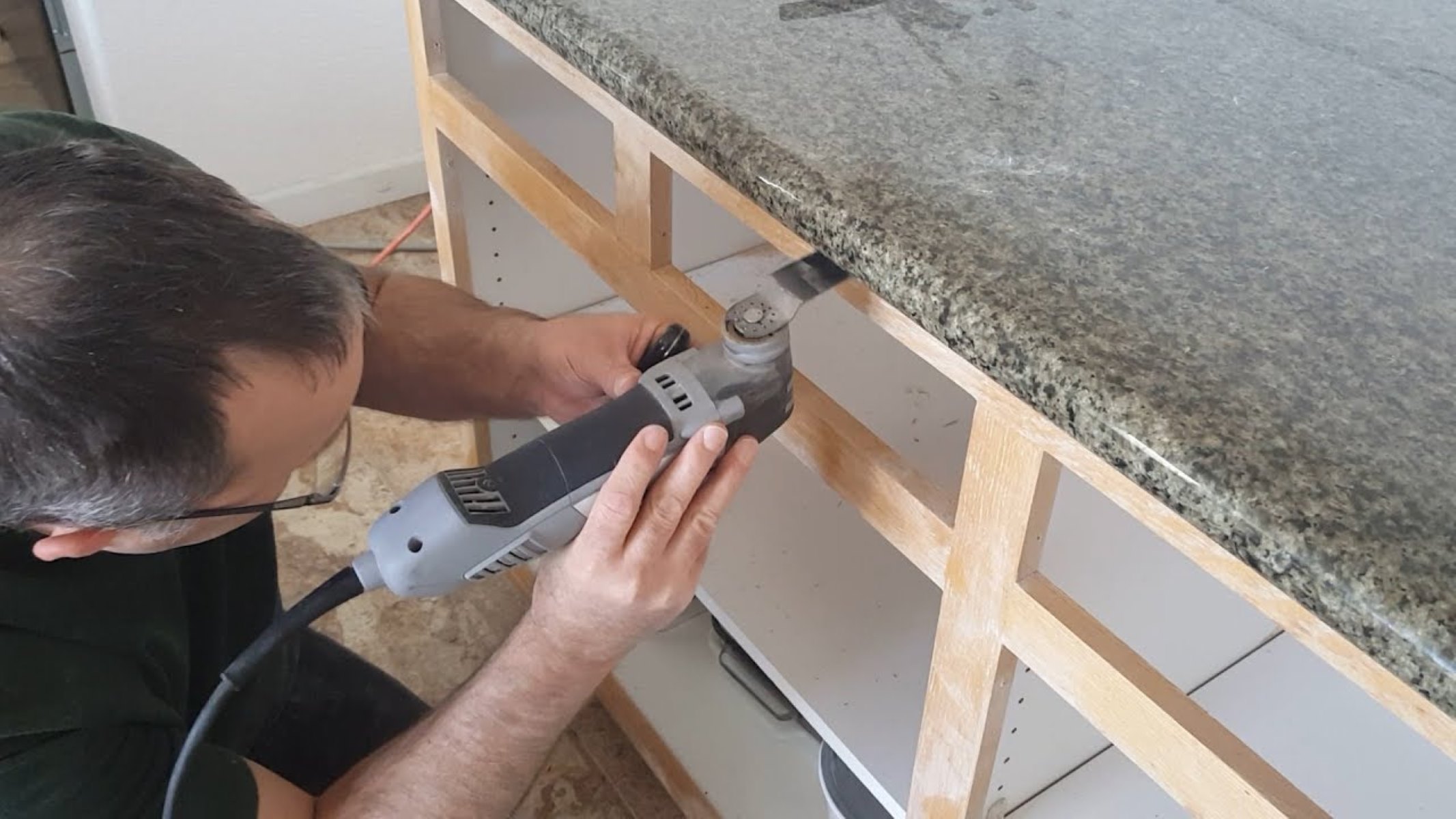
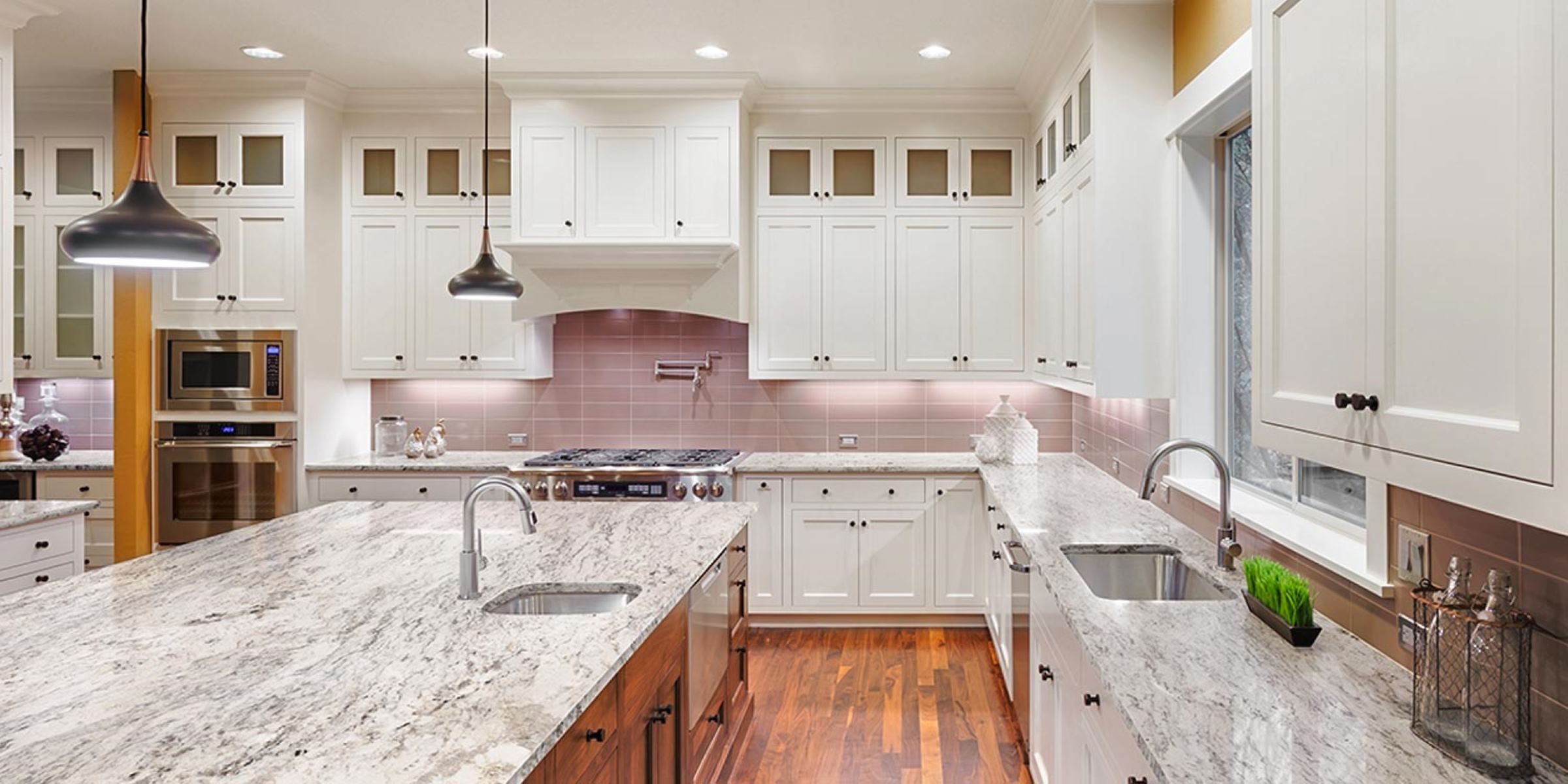
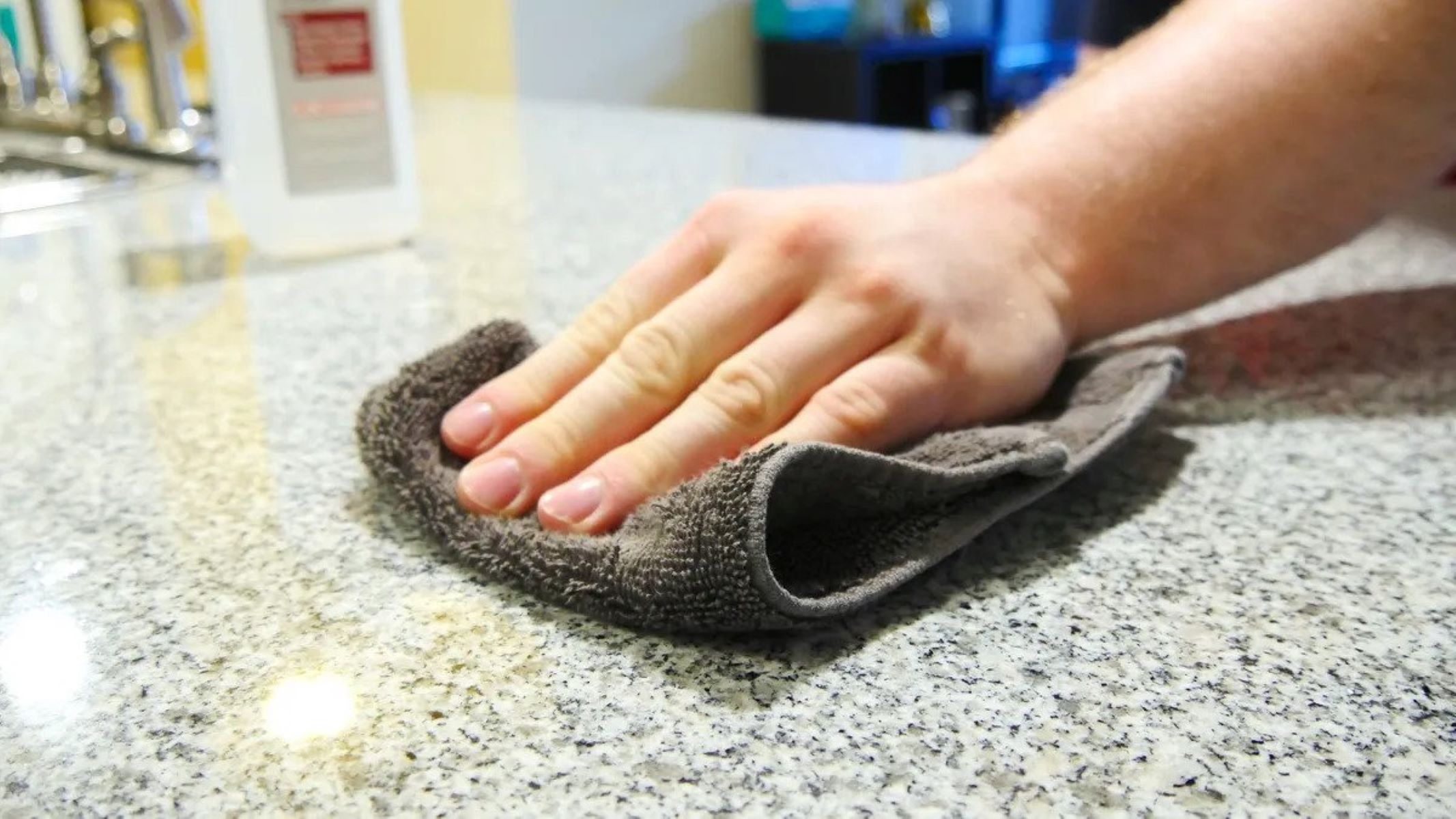
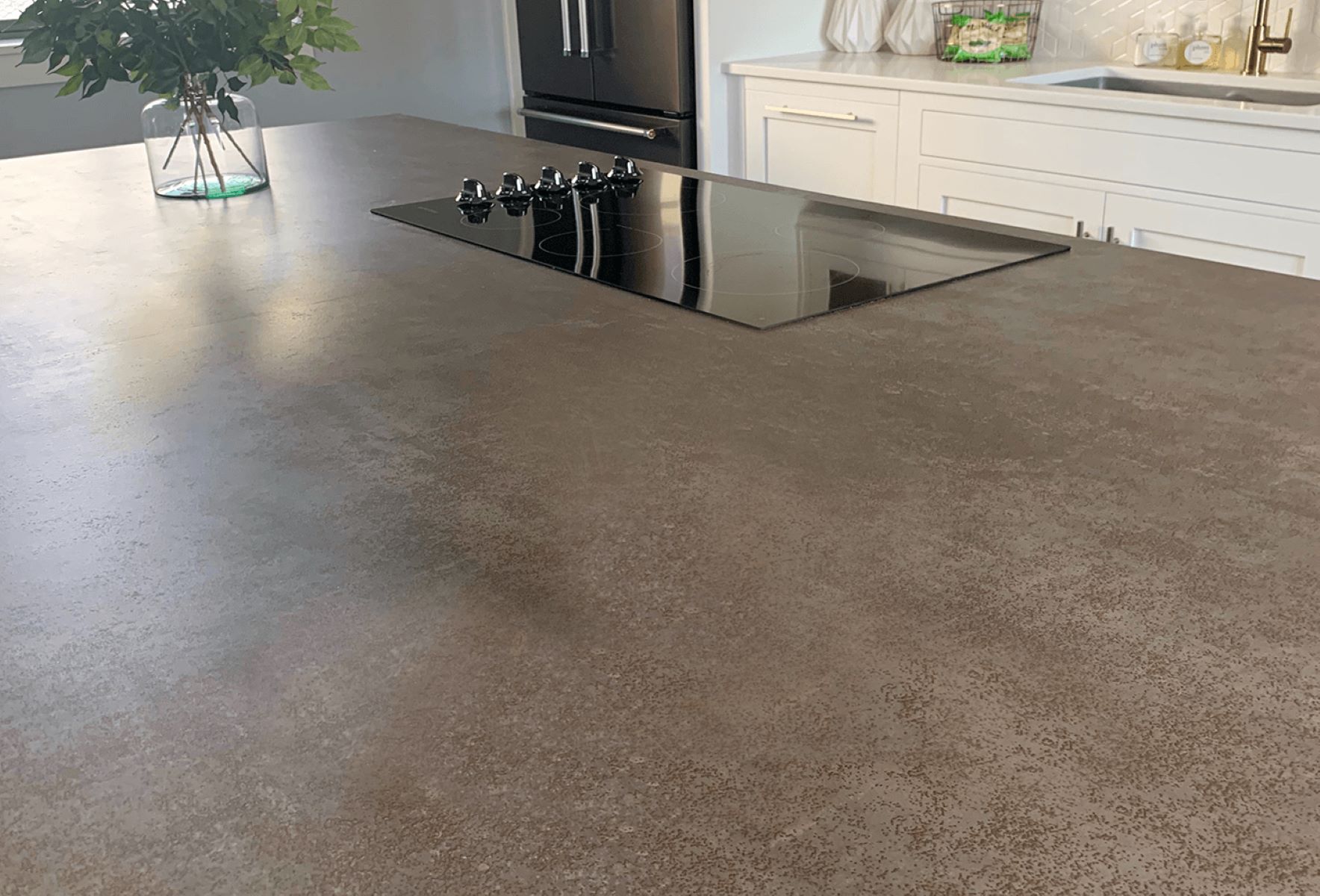
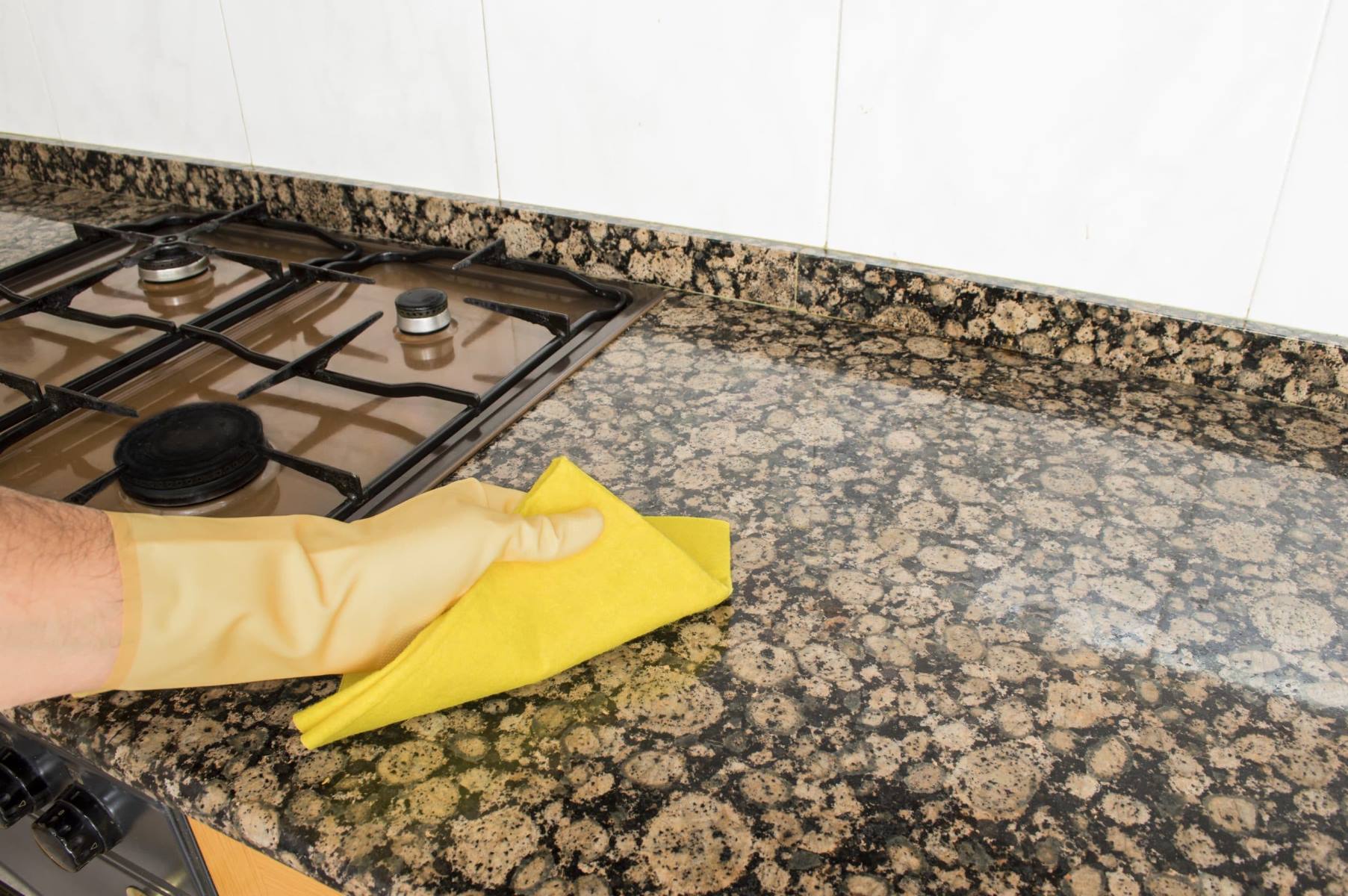

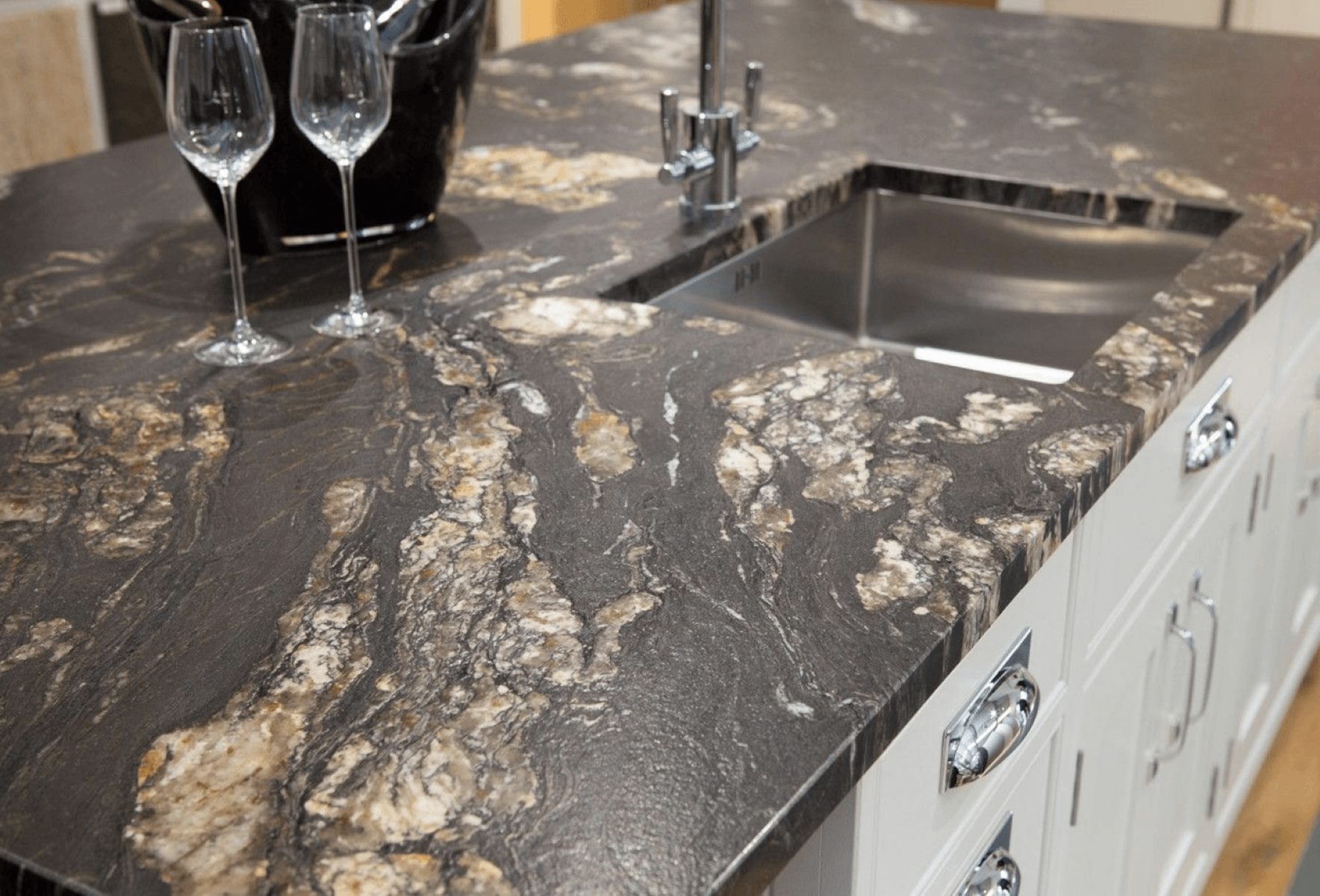
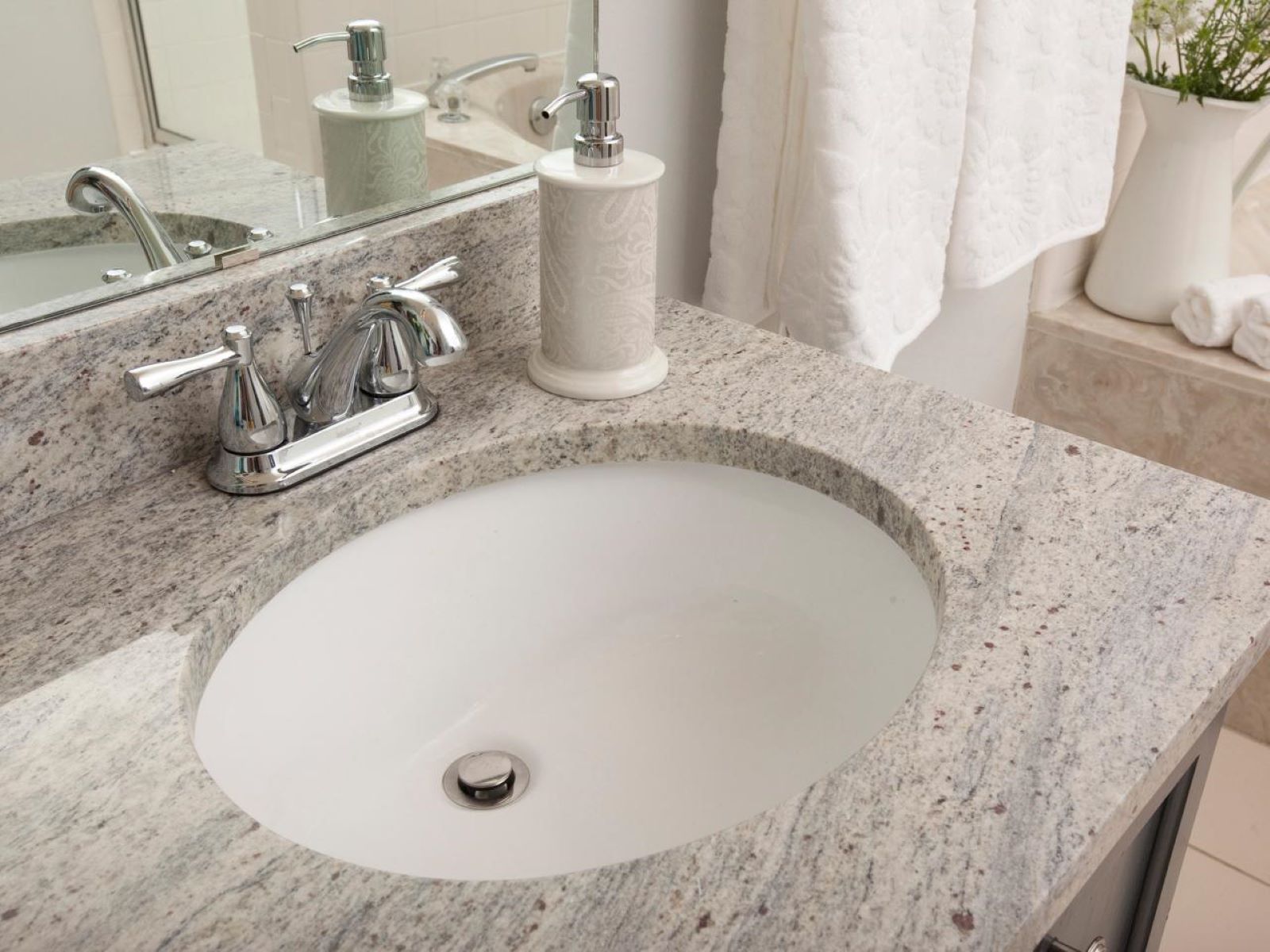

0 thoughts on “How To Transport Granite Countertops”